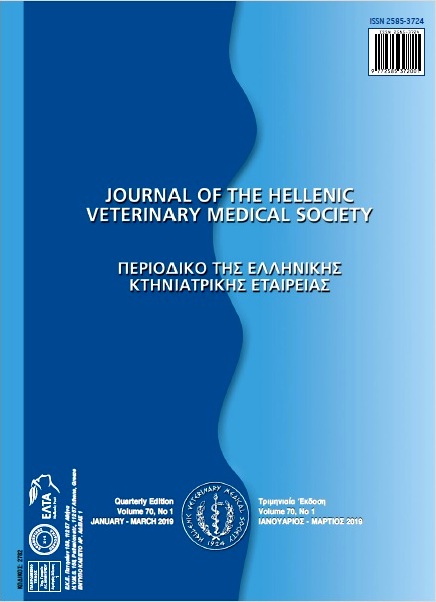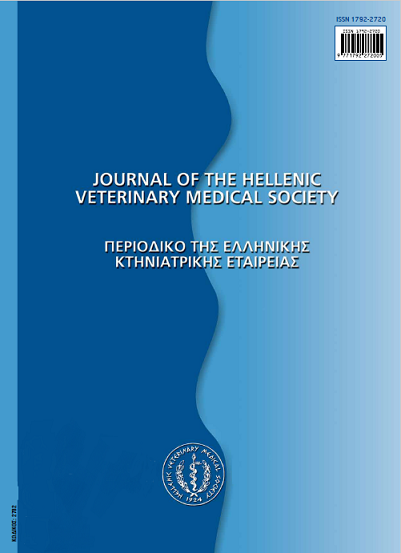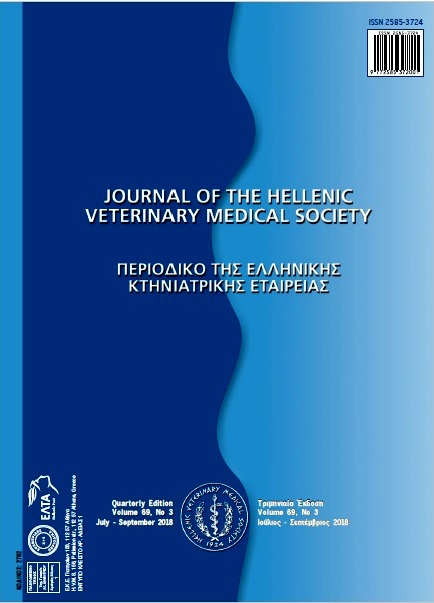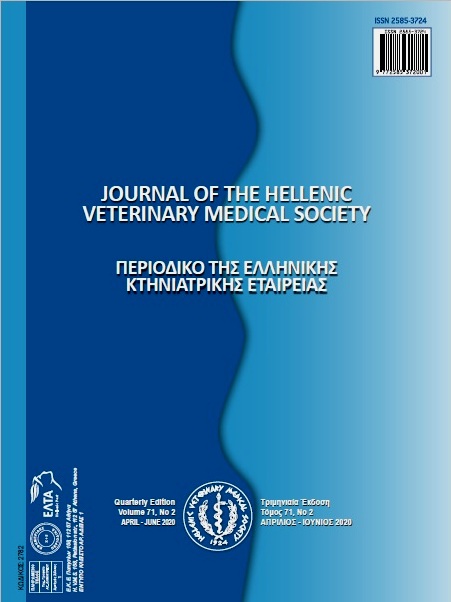The Effect of Omega 3 and Vitamin E against Avian Influenza in Broiler Chickens

Abstract
The present study assessed the individual and combined effect of vitamin E and omega 3 against low pathogenic avian influenza (LPAI) virus in broiler birds. Day-old broiler birds (n=125) were equally divided into five groups (A, B, C, D & E). Group A was non infected negative control. While groups B, C, D and E were infected with low pathogenic avian influenza (H9N2) virus at 28th day (2 HAunits/bird). Group B was given omega 3 at rate of 150mg/kg in feed. Group C was given vitamin E 200 IU/kg. Group D was offered vitamin E and omega 3. Group E was designated as positive control without supplementation. The results revealed significantly increased antibody titer, decreased heterophil lymphocyte ratio, improved feed conversion ratio and least histopathological lesions in birds given vitamin E alone followed by the group given combination of vitamin E and omega 3. These results concluded the positive impact of Vitamin E as compare to omega 3 alone and combined omega 3 with vitamin E against LPAI infection in broiler chickens. These findings can have useful field application in control of avian influenza.
Article Details
- How to Cite
-
TASEER, M., ASLAM, A., CHAUDHARY, Z. I., ASHRAF, K., AKHTAR, R., & MUSTAFA, G. (2018). The Effect of Omega 3 and Vitamin E against Avian Influenza in Broiler Chickens. Journal of the Hellenic Veterinary Medical Society, 68(3), 363–368. https://doi.org/10.12681/jhvms.15491
- Issue
- Vol. 68 No. 3 (2017)
- Section
- Research Articles

This work is licensed under a Creative Commons Attribution-NonCommercial 4.0 International License.
Authors who publish with this journal agree to the following terms:
· Authors retain copyright and grant the journal right of first publication with the work simultaneously licensed under a Creative Commons Attribution Non-Commercial License that allows others to share the work with an acknowledgement of the work's authorship and initial publication in this journal.
· Authors are able to enter into separate, additional contractual arrangements for the non-exclusive distribution of the journal's published version of the work (e.g. post it to an institutional repository or publish it in a book), with an acknowledgement of its initial publication in this journal.
· Authors are permitted and encouraged to post their work online (preferably in institutional repositories or on their website) prior to and during the submission process, as it can lead to productive exchanges, as well as earlier and greater citation of published work.






